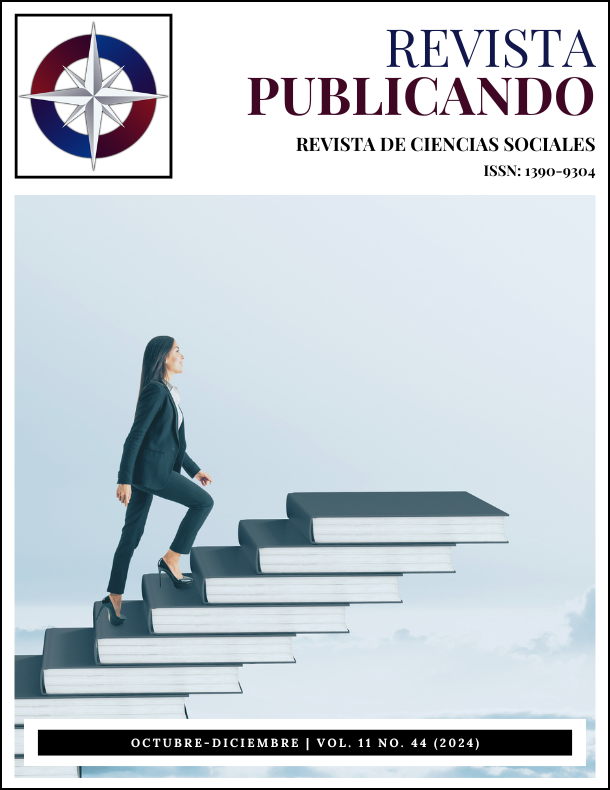Abstract
This study evaluates the implementation and impact of digital educational tools in foreign language classrooms from both educators' and students' perspectives in Serbian secondary schools before, during, and after the COVID-19 pandemic. The research investigates the digital tools used, the challenges faced, and the perceived benefits of these tools in enhancing teaching and learning experiences. Quantitative data were collected through online surveys administered to 173 language teachers and 126 fourth-year secondary students, focusing on their experiences with digital tools in various instructional models—traditional, online, and hybrid. Results reveal significant discrepancies between teachers' and students' perceptions of digital tool usage and its frequency. While the majority of teachers reported frequent use of digital tools, students indicated less frequent exposure. Key findings indicate that digital tools like Google Classroom, Kahoot!, and Quizziz were widely used during the pandemic and continued to be utilized post-pandemic. Teachers highlighted the need for comprehensive training in digital competencies to integrate these tools into their teaching practices effectively. Both educators and students acknowledged the benefits of digital tools in creating dynamic and engaging learning environments, yet challenges such as maintaining student motivation and balancing attention in hybrid models were noted. This study underscores the importance of aligning training programs with teachers' needs and suggests future research to assess the effectiveness of such programs and explore non-technology-related factors influencing digital tool adoption in foreign language teaching.
References
Al-Mawee, W., Kwayu, K. M., & Gharaibeh, T. (2021). Student's perspective on distance learning during COVID-19 pandemic: A case study of Western Michigan University, United States. International journal of educational research open, 2, 100080. https://doi.org/10.1016/j.ijedro.2021.100080
Bates, A.W. (2022). Teaching in a Digital Age: Guidelines for Designing Teaching and Learning (3rd ed.). Tony Bates Associates Ltd. https://pressbooks.bccampus.ca/teachinginadigitalagev2/
Council of Europe (2020). Common European Framework of Reference for Languages: Learning, teaching, assessment – Companion volume. Council of Europe Publishing, Strasbourg. www.coe.int/lang-cefr.
Council Recommendation of 22 May 2018 on key competences for lifelong learning (2018). Official Journal of the European Union, C 189/7, 1-13. https://eur-lex.europa.eu/legal-content/EN/TXT/?uri=CELEX:32018H0604(01)
Degirmenci, R. (2021). The Use of Quizizz in Language Learning and Teaching from the Teachers’ and Students’ Perspectives: A Literature Review. Language Education and Technology (LET Journal), 1(1), 1-11.
Diert-Boté, I. (2023). Positivity in the English language learning classroom: Analyzing teacher-student moments of contact. Spanish Journal of Applied Linguistics, 36(2), 357-385. https://doi.org/10.1075/resla.20057.die
European Union (2020). Digital Education Action Plan (2021-2027). https://education.ec.europa.eu/focus-topics/digitaleducation/action-plan.
Gagić, A., Gajić, T., Gavranović, V., Maenza, N., & Veljković Michos, M. (2023). Digital Tools for Language Learning: Exploring Teachers’ Innovative and Engaging Practices. International Scientific Conference on Information Technology, Computer Science, and Data Science Sinteza 2023 Book of Proceedings, 281-287. https://doi.org/10.15308/Sinteza-2023-281-287
Gajić, T., & Maenza, N. (2019). Mobile Applications in Teaching Foreign Languages in Tertiary Education. Teaching Innovations, 32(4), 133-142.
Gavranović, V., Michos, M. V., & Alčaković, S. (2024). Utilización de la evaluación formativa para mejorar los resultados de aprendizaje de estudiantes en los ambientes híbridos de la enseñanza superior. Didáctica. Lengua y literatura, (36), 145-152. https://dx.doi.org/10.5209/dill.87558
Johansson, W., & Söderlund, A. (2018). Teachers’ Views on Digital Tools in the English as a Second Language Classroom. Unpublished Thesis. Malmö University.
Koet, T. W., & Aziz, A. A. (2021). Teachers’ and Students’ Perceptions towards Distance Learning during the Covid-19 Pandemic: A Systematic Review. International Journal of Academic Research in Progressive Education and Development, 10(3), 531–562. http://dx.doi.org/10.6007/IJARPED/v10-i3/11005
Lošonc, A., Ivanišević, A., Katić, I., Radišić, M., & Pavlović, A. (2021). Online Learning: Adapting to the Pandemic or the Definitive Technologization of Education? XXVII Conference on Development Trends: Online Teaching at Universities Proceedings, 62-65.
Maenza, N., Gajic, T., Veljković Michos, M., & Gagić, A. (2024). Understanding the Role of Digital Tools in Serbian High School Language Education. International Scientific Conference on Information Technology, Computer Science, and Data Science Sinteza 2024 Book of Proceedings, 304-309. https://doi.org/10.15308/Sinteza-2024-304-309
Ministry of Education, Science and Technological Development (2019). Digital Competence Framework – Teacher for the Digital Age 2019. https://prosveta.gov.rs/wp-content/uploads/2021/10/2019_ODK_Nastavnik-za-digitalno-doba.pdf
Mishra, P., & Koehler, M. J. (2006). Technological Pedagogical Content Knowledge: A Framework for Teacher Knowledge. Teachers College Record, 108(6), 1017–1054. https://doi.org/10.1111/j.1467-9620.2006.00684.x
Sadiku, M. N., Adebo, P. O., & Musa, S. M. (2018). Online teaching and learning. International Journals of Advanced Research in Computer Science and Software Engineering, 8(2), 73-75. https://doi.org/10.1177/10567879231202485
Sim, J., & Ismail, H. (2023). Using Digital Tools in Teaching and Learning English: Delving into English Language Teachers’ Perspectives. Creative Education, 14, 2021-2036. https://doi.org/10.4236/ce.2023.1410129
Strasser, T. (2023). Digital tools in foreign language teaching and learning: Educational applications. In N. Pachler & A. Redondo (Eds.), A Practical Guide to Teaching Foreign Languages in the Secondary School (3rd ed., pp. 62-80). Routledge.
Tao, Y., & Zou, B. (2023). Students’ perceptions of the use of Kahoot! in English as a foreign language classroom learning context. Computer Assisted Language Learning, 36(8), 1668-1687, https://doi.org/10.1080/09588221.2021.2011323
United Nations (2020). Education in the time of Covid-19 Report. https://repositorio.cepal.org/bitstream/handle/11362/45905/1/S2000509_en.pdf
Veljković Michos, M., & Bošković Marković, V. (2021). Information and Communication Technologies in Foreign Language Teaching before and during Covid-19 Pandemic: A Review of Research at University Level. Annals of the Faculty of Philology, 33(2), 135-150. https://doi.org/10.18485/analiff.2021.33.2.7
Vidosavljević, M. (2023). Foreign Language Teaching in a Digital Environment: Teachers’ Attitudes and Beliefs. Philologist – journal of language, literary and cultural studies, 14(27), 153-172. https://doi.org/10.21618/fil2327153v

This work is licensed under a Creative Commons Attribution-NonCommercial-ShareAlike 4.0 International License.
Copyright (c) 2024 Tijana Gajić, Maja Veljković Michos, Aleksandra Gagić, Neda M. Maenza




